Visual Storytelling Formula
For visual storytelling such as videos it’s important to remember:
Customer as the hero: Use a story with the customer as the hero and a clear three-act story arc with a setting, conflict and resolution. This helps to engage the audience with real stories by real people, told from their perspective, rather than from the point of view of the brand.
Story duality: By revealing how people’s perceptions of themselves is vastly different from how others perceive them, the story above implements what I call the “double mirror effect”: Tell a story that makes people feel better about themselves , which in turn leads viewers to take these new perceptions to their external relationships, thereby multiplying its effect.
Make it relatable: The video connects with viewers by exposing common areas of human vulnerability and weakness, thereby triggering empathy. The conflict here is also very clear.
Make it engaging: The uncertainty of the outcome here also adds an element of surprise and keeps viewers guessing how the story will end.
Make it believable: Once you’ve generated empathy, viewers are then led to put their guards down and think to themselves, “hey, this doesn’t feel like an ad.” Once viewers start to identify with the story, it is easier for them to trust your core message.
Bigger purpose: What’s interesting is that throughout the entire video, you don’t see or hear not even one mention of the Dove product. By identifying a conceptual gap that is more meaningful than singing the praises of their soap, Unilever addressed a big WHY that is based on a simple message: “You’re more beautiful than you think.”
Empowerment marketing: Instead of engaging in a form of inadequacy marketing, where fear is used to create a need for a product, here viewers are empowered by the ad’s core message.
Visit Visme for full post
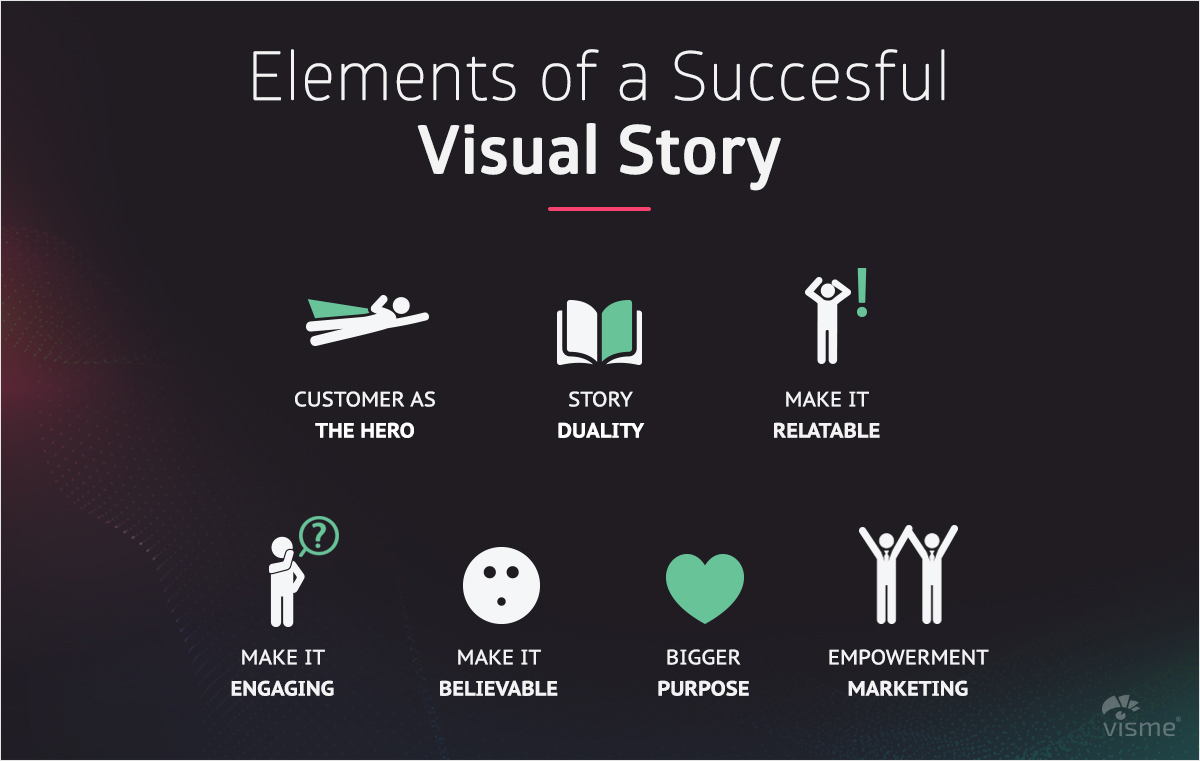
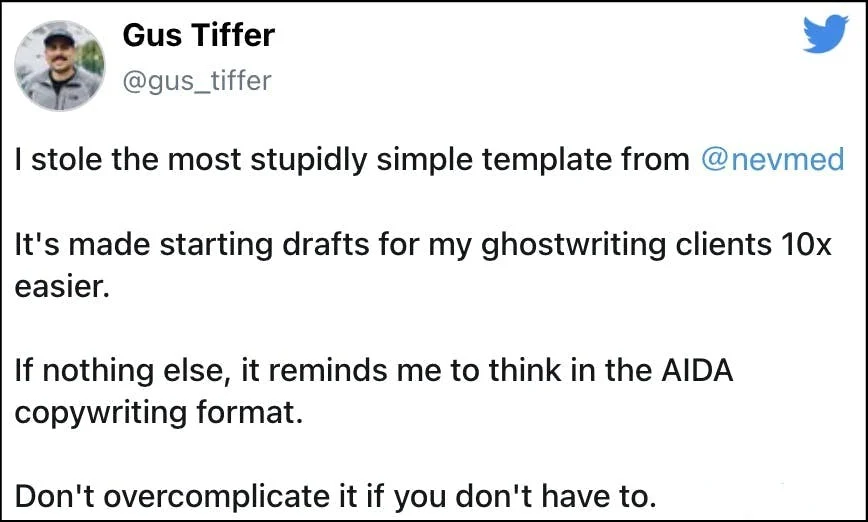
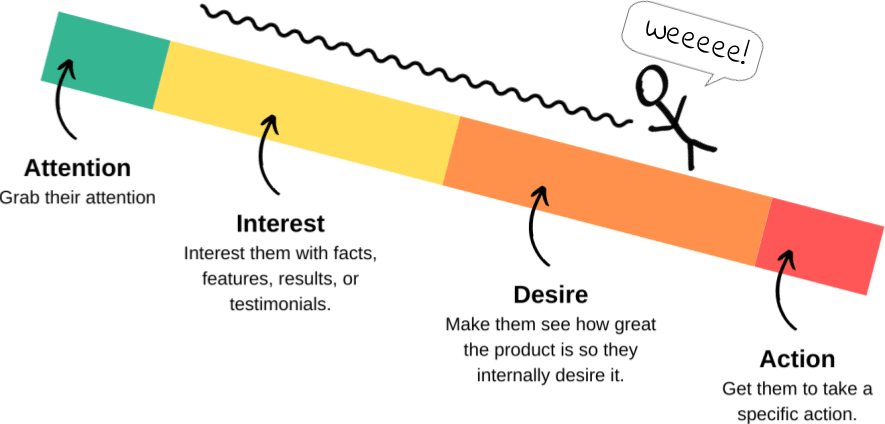
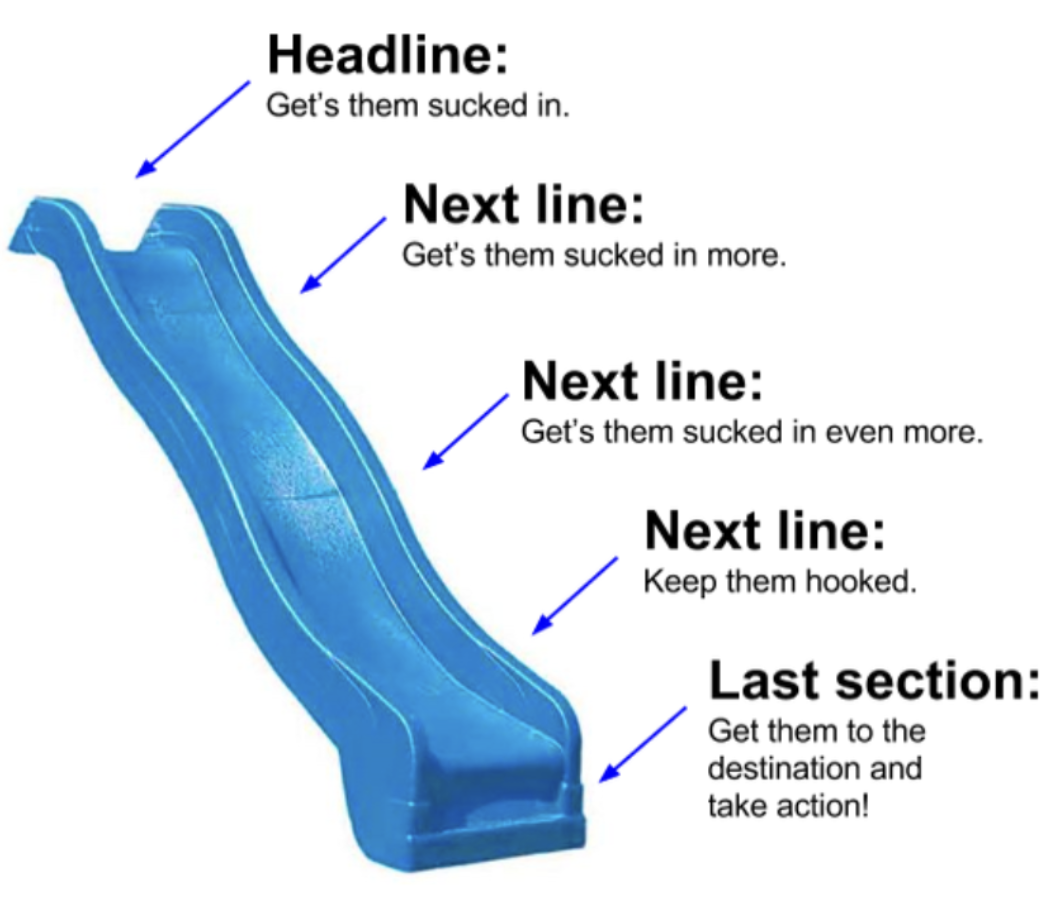
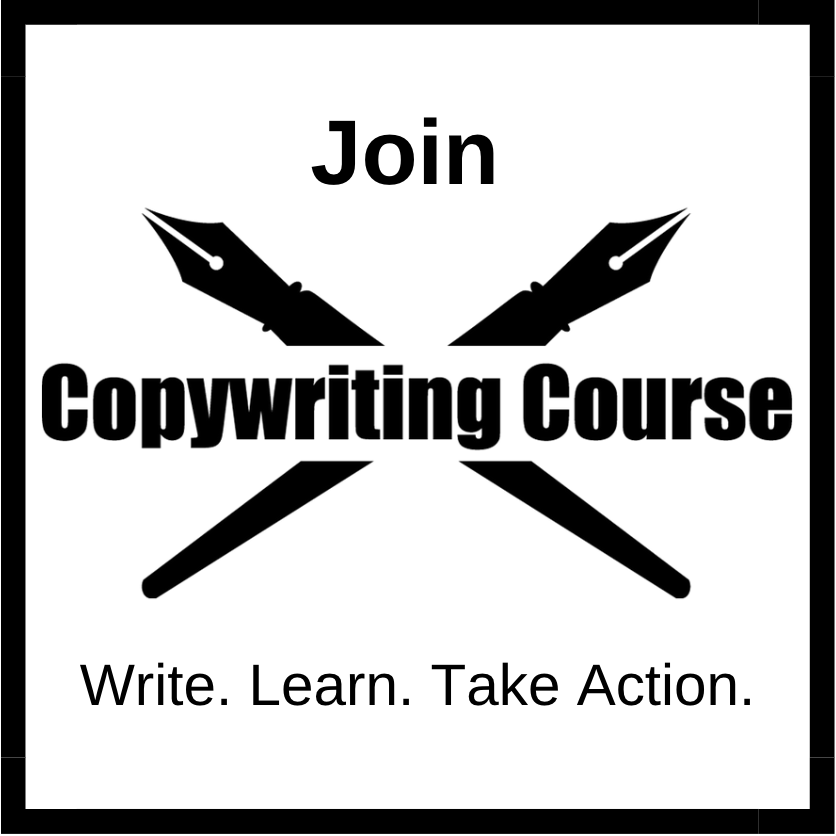
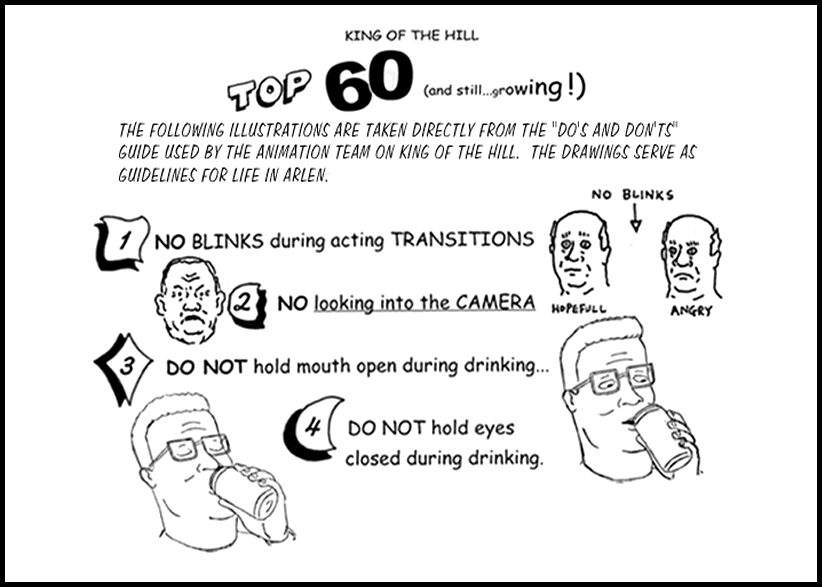
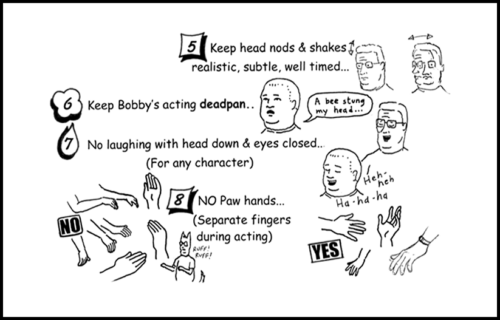
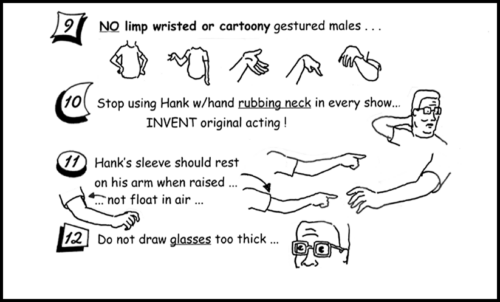
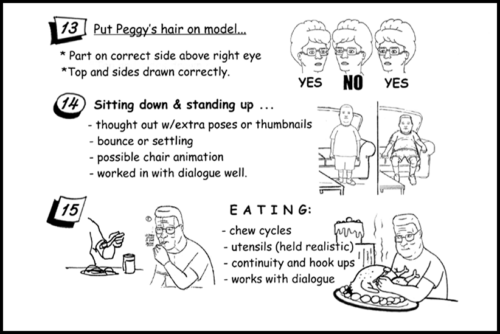
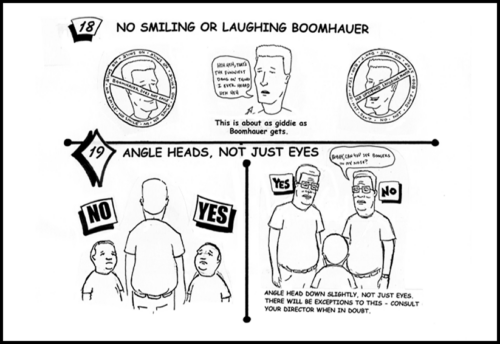 …
…